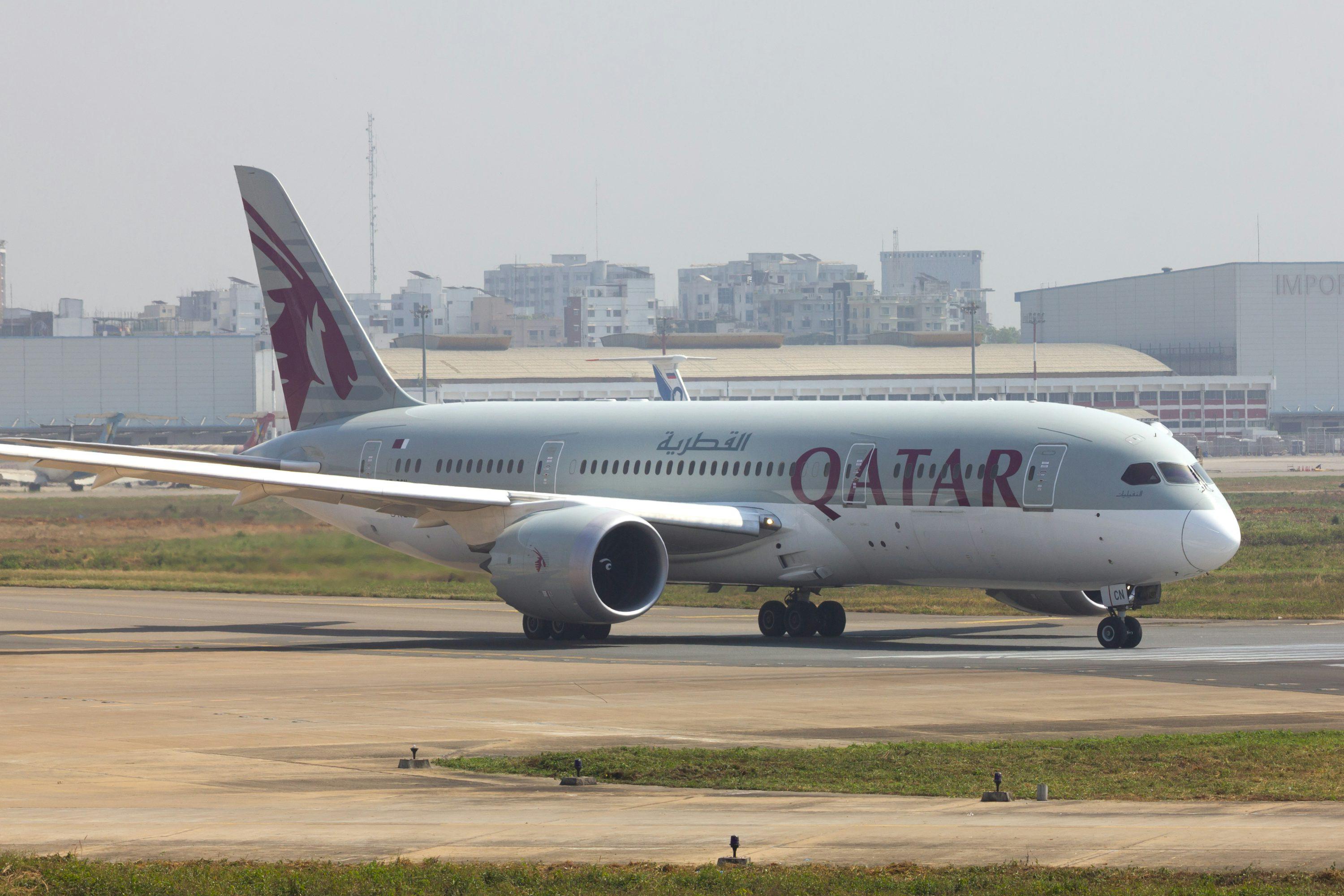
Air Travel Price Trends in 2024-2025: Navigating Fluctuating Fares
Air travel prices are dynamic and influenced by a complex interplay of factors. This article provides an overview of air travel price trends in 2024-2025, examining current trends, factors driving price fluctuations, historical context, and tips for travelers seeking affordable flights. Whether you are a frequent flyer, a travel industry professional, or planning your next vacation, understanding these trends can help you navigate the world of airfares.
Current Air Travel Price Trends Statistics (2024-2025)
Let's begin by examining the current state of air travel prices.
- Prices Remain Elevated Compared to Pre-Pandemic: While air travel demand has rebounded strongly, airfares in 2024-2025 generally remain higher than pre-pandemic levels, reflecting increased fuel costs, strong demand, and airline efforts to recover revenue. (Source: Skyscanner)
- Domestic Fares Showing Some Moderation: Domestic airfares in some regions have shown signs of moderation or slight decreases from peak highs in 2022-2023, but still remain above historical averages. (Source: CheapAir)
- International Fares Persistently High: International airfares, particularly for long-haul routes, continue to be persistently high, driven by strong demand, longer flight distances, and geopolitical factors. (Source: Kayak)
- Volatility and Fluctuations Continue: Air travel prices remain volatile and subject to frequent fluctuations, influenced by factors such as fuel prices, seasonal demand, airline capacity adjustments, and competitive dynamics. (Source: Google Flights)
- Premium Cabin Demand Strong: Demand for premium cabin classes (business and first class) remains strong, with prices for these seats often significantly elevated compared to economy. (Source: Delta Air Lines)
Factors Influencing Air Travel Prices Statistics
What are the key factors driving air travel price fluctuations?
- Fuel Prices: Fuel costs are a major determinant of airfares, with jet fuel prices directly impacting airline operating expenses and ticket prices. Fluctuations in global oil prices can lead to rapid changes in airfares. (Source: International Air Transport Association (IATA))
- Demand and Seasonality: Airfare prices are highly sensitive to demand and seasonality, with prices typically surging during peak travel periods (holidays, summer vacations) and decreasing during off-peak seasons. (Source: Google Flights)
- Airline Competition and Market Dynamics: Competition among airlines on specific routes influences pricing, with routes served by multiple airlines often exhibiting more competitive fares compared to routes dominated by a single carrier. Market entry and exit of airlines can also impact prices. (Source: Southwest Airlines)
- Airline Operating Costs: Airlines' operating costs, including labor, maintenance, airport fees, and aircraft leasing, contribute to fare pricing. Increases in these costs can translate to higher ticket prices. (Source: Bureau of Transportation Statistics (BTS))
- Route Length and Distance: Longer flight distances generally result in higher fares due to increased fuel consumption, operating costs, and potentially higher demand for long-haul routes. (Source: ExpertFlyer)
- Government Taxes and Fees: Government taxes, airport fees, and security charges are included in airfare prices, and changes in these levies can affect the final ticket cost. (Source: U.S. Department of Transportation)
- Ancillary Fees and Unbundling: Airlines increasingly rely on ancillary fees (baggage, seat selection, meals) and fare unbundling, where base fares may be lower but additional services come at extra cost. This trend can make it challenging to compare "all-in" ticket prices. (Source: IdeaWorksCompany)
Historical Air Travel Price Trends Statistics
Let's look at historical trends to understand the longer-term context of airfare pricing.
- Long-Term Trend of Decreasing Real Fares: Historically, adjusted for inflation, airfares have generally decreased over the long term since the deregulation of the airline industry, making air travel more accessible to a wider population. (Source: Bureau of Transportation Statistics (BTS))
- Price Spikes During Peak Demand Periods: Despite the long-term trend, airfares have consistently experienced price spikes during peak demand periods, such as holidays and summer travel seasons, reflecting basic supply and demand dynamics. (Source: Google Flights)
- Impact of Economic Cycles and Events: Economic recessions, global events (like pandemics or geopolitical instability), and fuel price shocks have historically caused significant fluctuations in air travel prices, sometimes leading to sharp increases or decreases in fares. (Source: IATA Economics)
- Rise of Low-Cost Carriers: The emergence and growth of low-cost carriers (LCCs) have exerted downward pressure on airfares overall, offering budget-conscious travelers more affordable options and forcing legacy airlines to compete on price in some markets. (Source: Ryanair)
Future Outlook for Air Travel Prices Statistics
What are the anticipated future trends for air travel prices?
- Continued Price Sensitivity to Fuel Costs: Airfares will likely remain highly sensitive to jet fuel prices in the foreseeable future, with fluctuations in oil markets directly impacting ticket costs. (Source: IATA Economics)
- Sustainable Aviation Fuel (SAF) Impact (Long-Term): The increasing adoption of Sustainable Aviation Fuels (SAF) may eventually influence airfares, potentially adding to costs in the short-term but contributing to price stability and environmental sustainability in the long run. (Source: International Civil Aviation Organization (ICAO))
- Technology and Dynamic Pricing to Evolve: Airlines will likely continue to refine dynamic pricing strategies and leverage technology to optimize revenue, leading to increasingly complex and personalized fare structures. (Source: Amadeus)
- Potential for Increased Price Segmentation: Airlines may further segment pricing and product offerings, with a wider range of fare classes, ancillary services, and bundled packages to cater to diverse traveler budgets and preferences. (Source: Airbus)
- Economic Conditions and Demand Uncertainty: Overall economic conditions and fluctuations in travel demand will continue to play a significant role in shaping air travel prices, with periods of economic growth potentially supporting higher fares and economic downturns potentially leading to price competition. (Source: The World Bank)
Tips for Finding Affordable Air Travel Statistics
How can travelers find more affordable airfares in the current environment?
- Book in Advance (But Not Too Early): Booking flights in advance is generally recommended, but the optimal booking window can vary. For domestic flights, booking 1-3 months ahead may be ideal, while for international flights, 2-6 months in advance could be beneficial. (Source: Scott's Cheap Flights)
- Be Flexible with Travel Dates and Times: Flexibility with travel dates and times can unlock significant savings. Flying mid-week, on less popular days, or during off-peak hours often results in lower fares. (Source: Google Flights)
- Consider Alternative Airports: Flying into or out of alternative airports near your origin or destination can sometimes yield lower fares, especially if you are willing to consider slightly less convenient airport options. (Source: Kiwi.com)
- Utilize Flight Comparison Websites and Tools: Use flight comparison websites and search engines to compare fares across multiple airlines and travel agencies, identify deals, and track price fluctuations. (Source: Kayak and Skyscanner)
- Be Open to Less Popular Destinations or Routes: Consider traveling to less popular destinations or routes, as these may have lower demand and more competitive airfares compared to major tourist hotspots. (Source: Lonely Planet)
- Consider Budget Airlines (with Caution): Budget airlines can offer significantly lower base fares, but be mindful of ancillary fees and potentially less comfortable seating or limited service. Factor in all potential extra costs when comparing budget carrier fares. (Source: Ryanair and EasyJet)
- Set Price Alerts and Track Fares: Utilize price alert features offered by flight search engines to monitor fare changes for your desired routes and receive notifications when prices drop. (Source: Google Flights)
Bottom Line
Air travel prices in 2024-2025 remain elevated and volatile, influenced by fuel costs, demand, and a range of other factors. While domestic fares may show some moderation, international fares are likely to stay high. Understanding these trends and employing smart booking strategies, such as flexibility, advance planning, and utilizing comparison tools, can help travelers find more affordable air travel options and navigate the complexities of airfare pricing in the current environment.


